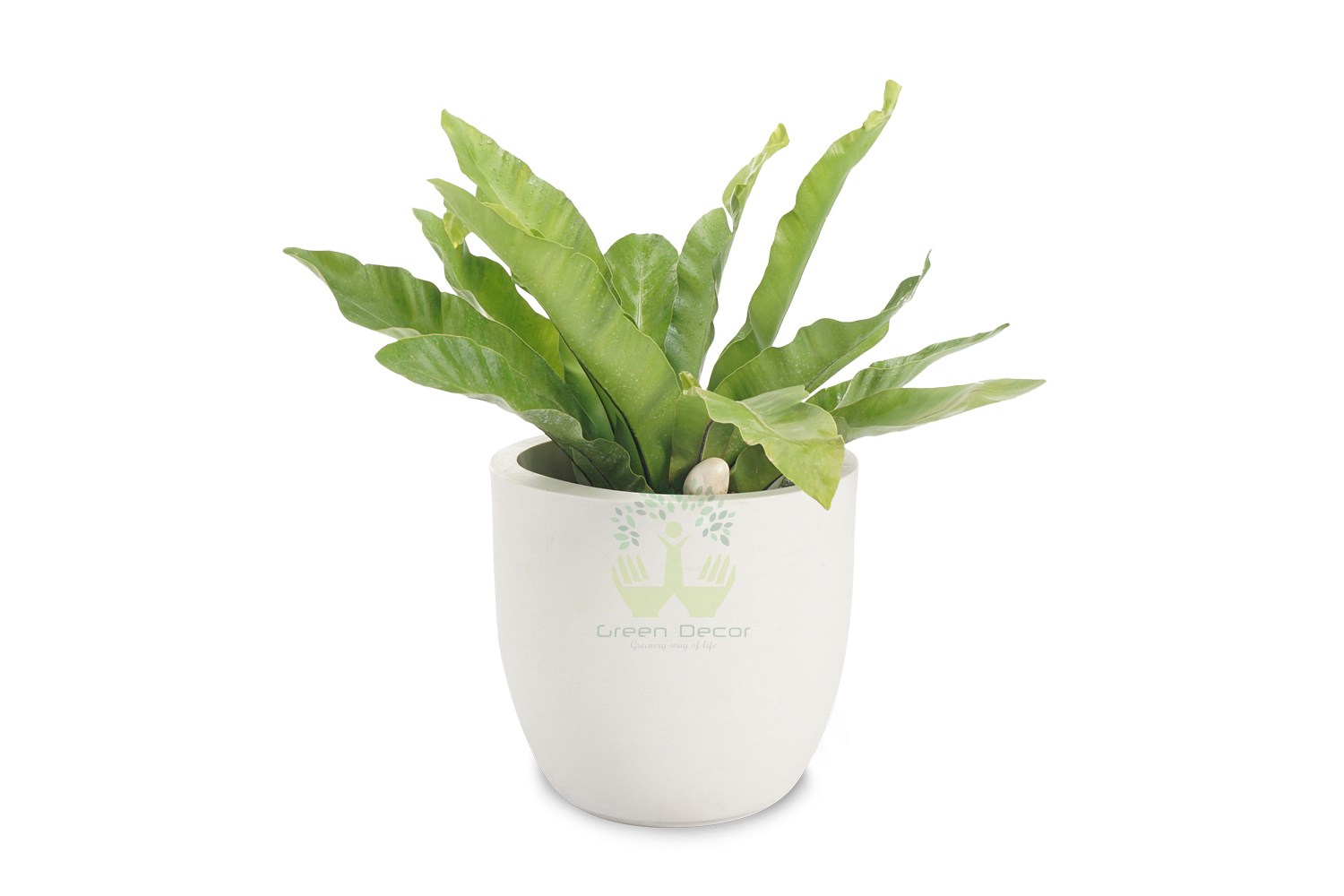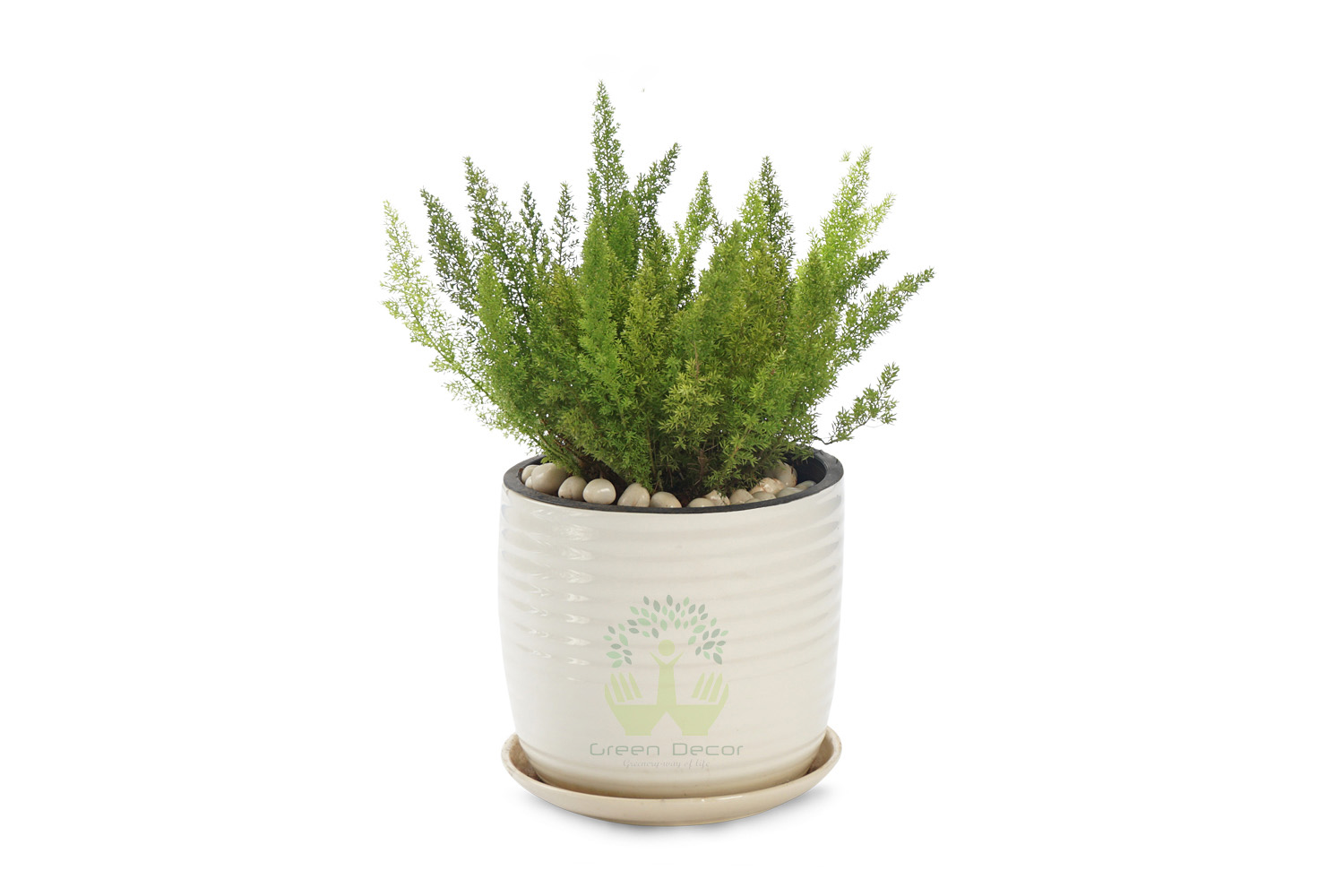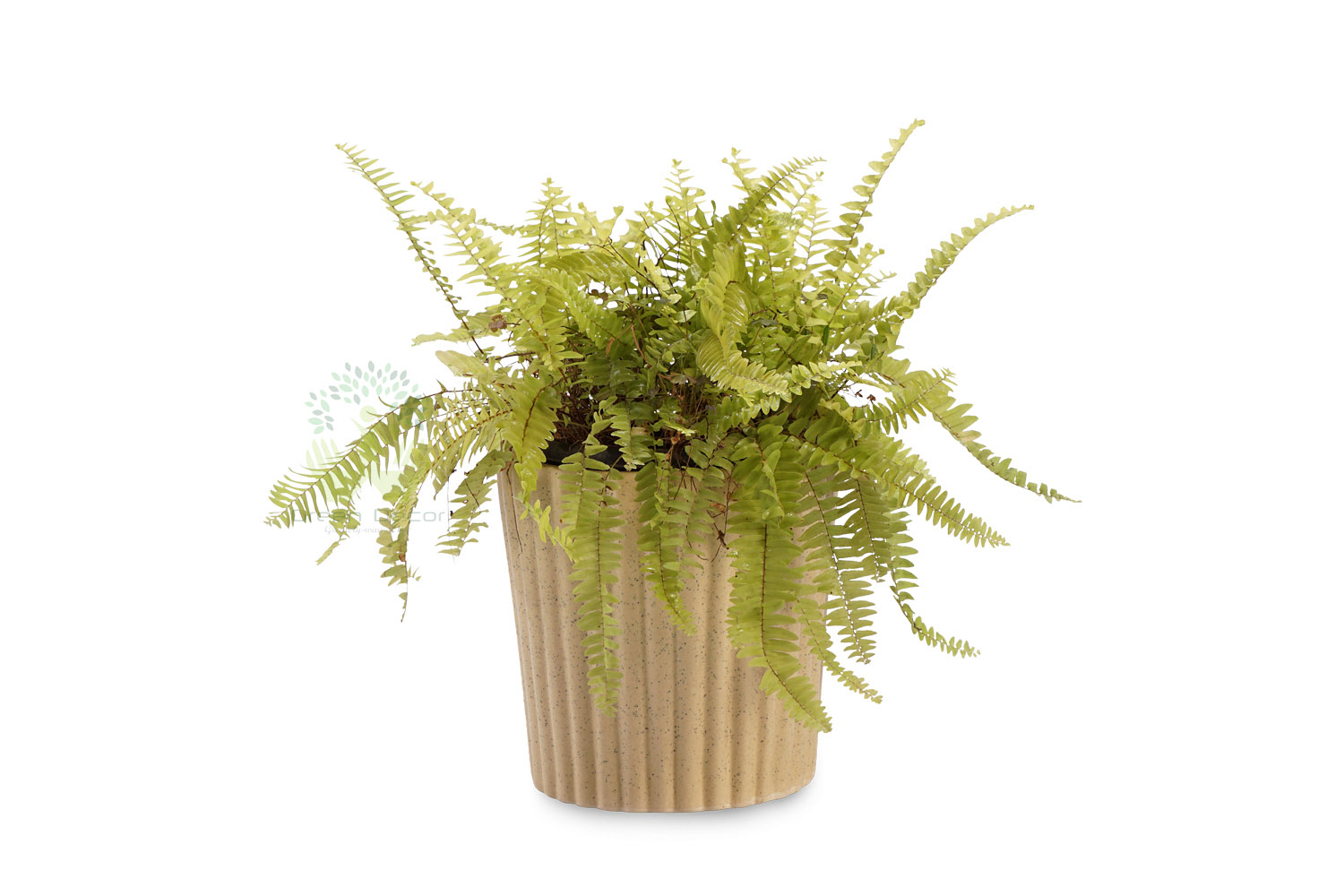Asplenium Nidus
600
Maintenance Level
Low
Placements
Outdoor-Shades or Indoor
Toxic
NO
Fragrance
None
Seasons
All Weather
Plant Height
12" to 40"
Water Frequency
Winter
Daily
Summer
Daily
Fertilizer Frequency
Winter
1-2 Month
Summer
Every Month
- About Asplenium ..
- How To Grow Asplenium ..
- Benefits of Asplenium ..
- Maintenance Tips
- Shipping Info
The Bird's Nest Fern or Asplenium nidus is one of the several popular and beautiful ferns grown as houseplants. The Bird Nest Fern suits many homes and makes a versatile house plantThey can grow in North facing windows perfectly well and will truly relish the type of light and cooler temperatures these places receive. In return the plant will give you lots of naturally glossy leaves arranged in a circular pattern which resemble a bird's nest (hence the common name for these plants).
Soil Need
Potting Soil Mix, Loamy Soil
Fertilizer (type)
All Purpose Fertilizer
Growth Pattern
Moderate
Pruning
2-3 Month
Re-Potting
Every 12-13 Month
Process :
1. Ensure that the plant has access to bright light but of an indirect source.
2. Plant the bird's nest fern in good quality potting soil.
3. Water very generously during warmer months and in warm indoor environments.
4. Mist the fronds occasionally to improve humidity. Use a regular spray bottle and mist the leaves directly.
5. Fertilize regularly. A light feeding plant, keep the dosages of fertilizer low.
6. Cut away any dead growth as it appears.
1. Ash from the Burnt Leaves can be Used as a Salt Substitute.
2. Used Externally for the Treatment of Stings and Bites.
3. Used in the Treatment of Chest Pains.
Do's
1. Filling the saucer with marbles, glass pebbles or real pebbles can help make drainage better, as well as allowing for evaporation to create humidity.
2. If the fern is over-fertilized, the fronds can slow down in growth and may become deformed.
Don'ts
1. Avoid fertilizers with urea or high ammonia nitrogen content.
2. Add water directly to the soil.




